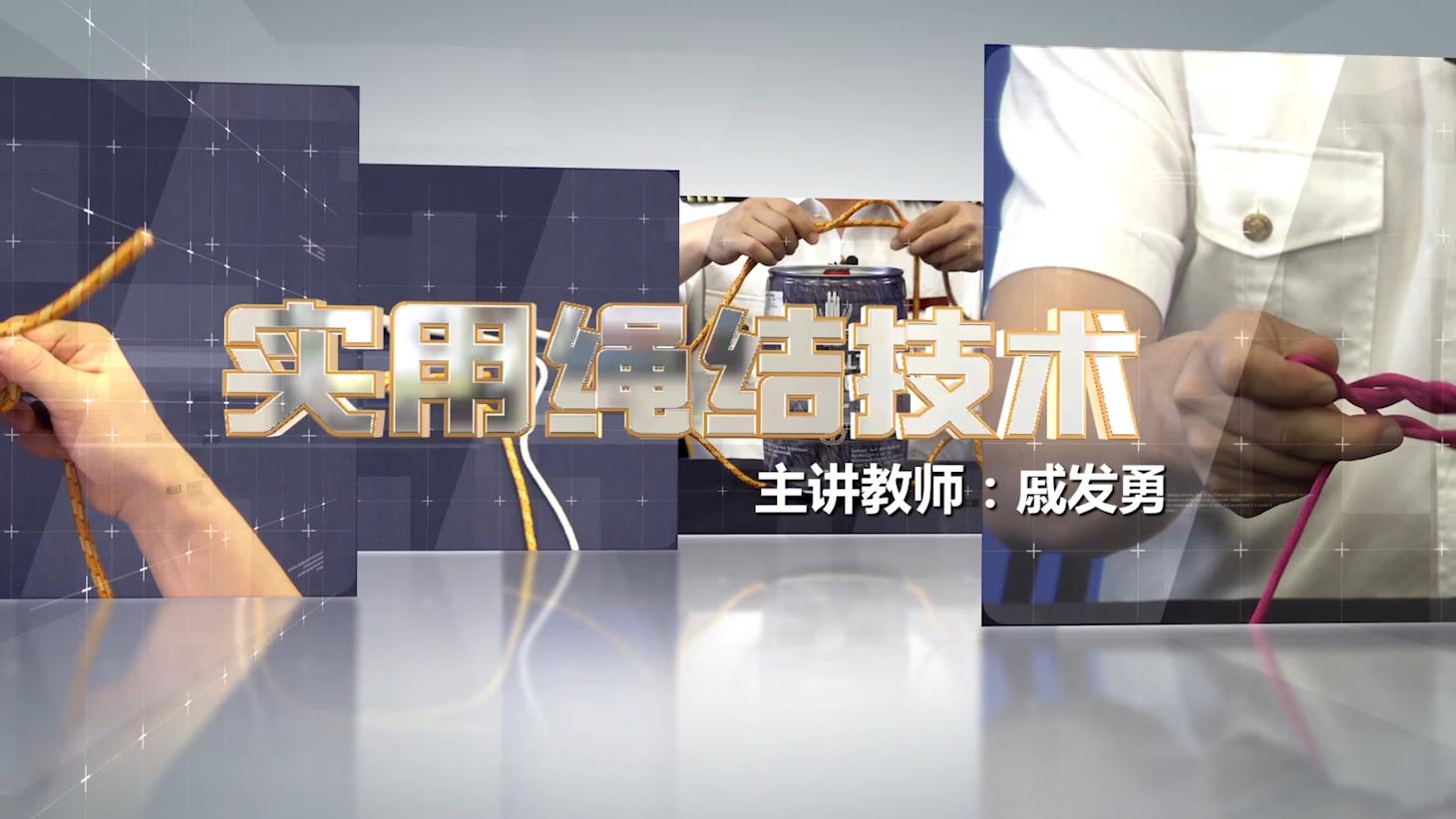
当前课程知识点:大学英语七能拓展 > Chapter 3 辩论- How to argue and debate? > SUPPLEMENTARY READING > html
British Parliamentary Debate is a debate done on the spot. This article will cover how to debate in this style and provide some useful tips.
There are TWO teams for government, and there are TWO teams for opposition.
so it it important to remain cool, calm and collected during this time in order to put together the best case possible.
(https://www.wikihow.com/Debate-(British-Parliament-Style)
-1.1 How to introduce yourself in daily communications?
--How to introduce yourself in daily communications?(1)
--How to introduce yourself in daily communications?(2)
--How to introduce yourself in daily communications?(3)
-1.1 How to introduce yourself in daily communications?--作业
-1.2 How to market yourself with a powerful CV?
--How to market yourself with a powerful CV?(1)
--How to market yourself with a powerful CV?(2)
-1.2 How to market yourself with a powerful CV?--作业
-1.3 Case study: at the job interview
--Case study: at the job interview
-1.3 Case study: at the job interview--作业
-SUPPLEMENTARY READING
--Raw HTML
--Curriculum Vitae (CV) Samples and Writing Tips
-DISCUSSION
-2.1 What is a story?
-2.1 What is a story?--作业
-2.2 Types of story
-2.2 Types of story--作业
-2.3 How to make a story?
-2.3 How to make a story?--作业
-2.4 How to appreciate a story? — Case Study
--How to appreciate a story? — Case Study(1)
--How to appreciate a story? — Case Study(2)
-2.4 How to appreciate a story? — Case Study--作业
-SUPPLEMENTARY READING
--html
--html
--白象似的群山
-DISCUSSION
-3.1 What is an argument for?
-3.1 What is an argument for?--作业
-3.2 What is debate for?
-3.2 What is debate for?--作业
-3.3 How to be a good debater?
--How to be a good debater?(1)
--How to be a good debater?(2)
--How to be a good debater?(3)
-3.3 How to be a good debater?--作业
-SUPPLEMENTARY READING
--html
--html
-DISCUSSION
--html
-4.1 What is public speaking?
-4.1 What is public speaking?--作业
-4.2 Making preparation
-4.2 Making preparation--作业
-4.3How to make effective public speaking?
--How to make effective public speaking?(1)
--How to make effective public speaking?(2)
--How to make effective public speaking?(3)
-4.3How to make effective public speaking?--作业
-4.4 Case Study (Speech/TED)
--html
-4.4 Case Study (Speech/TED)--作业
-SUPPLEMENTARY READING
--html
-DISCUSSION
--html
-5.1 Strategic Points for Listening to a Lecture
--Strategic Points for Listening to a Lecture(1)
--Strategic Points for Listening to a Lecture(2)
--Strategic Points for Listening to a Lecture(3)
-5.1 Strategic Points for Listening to a Lecture--作业
-5.2 Why should You Take Lecture Notes
--Why should You Take Lecture Notes
-5.2 Why should You Take Lecture Notes--作业
-5.3 Trying Cornell Method of Note-taking
--Trying Cornell Method of Note-taking(1)
--Trying Cornell Method of Note-taking(2)
--Trying Cornell Method of Note-taking(3)
-5.3 Trying Cornell Method of Note-taking--作业
-5.4 Trying Mind Map
-5.4 Trying Mind Map--作业
-5.5 Trying Thinking Map
-5.5 Trying Thinking Map--作业
-SUPPLEMENTARY READING
--html
-DISCUSSION
--html
-6.1 How to think independently?
--How to think independently?(1)
--How to think independently?(2)
--How to think independently?(3)
-6.1 How to think independently?--作业
-6.2 What is Academic Essay?
-6.2 What is Academic Essay?--作业
-6.3 Tips in Reading and Writing Academic Essays
--Tips in Reading and Writing Academic Essays(1)
--Tips in Reading and Writing Academic Essays(2)
--Tips in Reading and Writing Academic Essays(3)
--Tips in Reading and Writing Academic Essays(4)
--Tips in Reading and Writing Academic Essays(5)
--Tips in Reading and Writing Academic Essays(6)
-6.3 Tips in Reading and Writing Academic Essays--作业
-SUPPLEMENTARY READING
--Raw HTML
--Raw HTML
-DISCUSSION
--html
-7.1 一带一路与中国文化自信 The Belt and Road Initiative and Confidence in Chinese Culture
--7.1 一带一路与中国文化自信 The Belt and Road Initiative and Confidence in Chinese Culture
--7.2 Xi Jinping: The Governance of China(II)
-We






